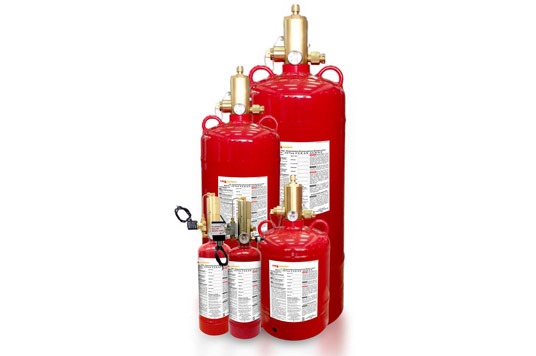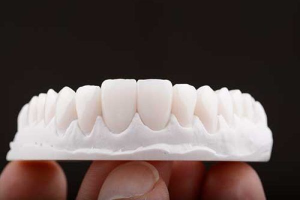
Fire safety is a paramount concern in all aspects of life, whether residential, commercial, or industrial. The evolution of fire suppression system Dubai has witnessed remarkable advancements in recent years, ensuring more efficient and reliable solutions to combat fires. This article explores the latest innovations in fire suppression systems, designed to provide the ultimate fire safety solution. Let’s explore the advancements and features that make these systems stand out.
Intelligent detection systems:
Traditional fire detection systems relied on smoke and heat sensors, which could sometimes lead to false alarms or delayed response. However, the latest fire suppression systems incorporate intelligent detection technology, utilizing a combination of advanced sensors, artificial intelligence, and machine learning algorithms. These systems can accurately detect fires, analyze their patterns, and provide early warning signals, minimizing response times and reducing the risk of false alarms.
Pre-emptive suppression:
In the past, fire suppression systems were reactive and activated only after a fire had been detected. Today, proactive fire suppression systems have emerged, which can identify fire hazards before flames even appear. These systems utilize thermal imaging cameras, gas sensors, and other sophisticated technologies to detect changes in temperature, smoke, or gas levels, enabling them to initiate suppression measures before a fire fully develops. This early intervention greatly enhances fire safety and minimizes potential damage.
Advanced suppression agents:
Traditional fire suppression agents like water, foam, and carbon dioxide have effectively controlled fires. However, recent advancements have introduced new agents that are more environmentally friendly, efficient, and safer for occupants. For instance, clean agent systems employ inert gases and chemical agents that do not leave any residue, making them ideal for protecting sensitive equipment, valuable assets, and human lives.
Networked and integrated systems:
To ensure seamless operation and coordination, the latest fire suppression systems are designed to be networked and integrated with other safety systems. These systems can communicate with each other, including fire alarms, emergency lighting, HVAC systems, and access control systems. This integration enables real-time information sharing; automatic activation of necessary safety measures, and centralized monitoring, enhancing overall fire safety management.
Remote monitoring and control:
With technological advancements, fire suppression systems offer remote monitoring and control capabilities. Facility managers and safety personnel can access these systems via mobile apps or web-based interfaces to monitor system status, receive notifications, and control various functions remotely. This allows for timely response, remote troubleshooting, and enhanced situational awareness, even from off-site locations.

